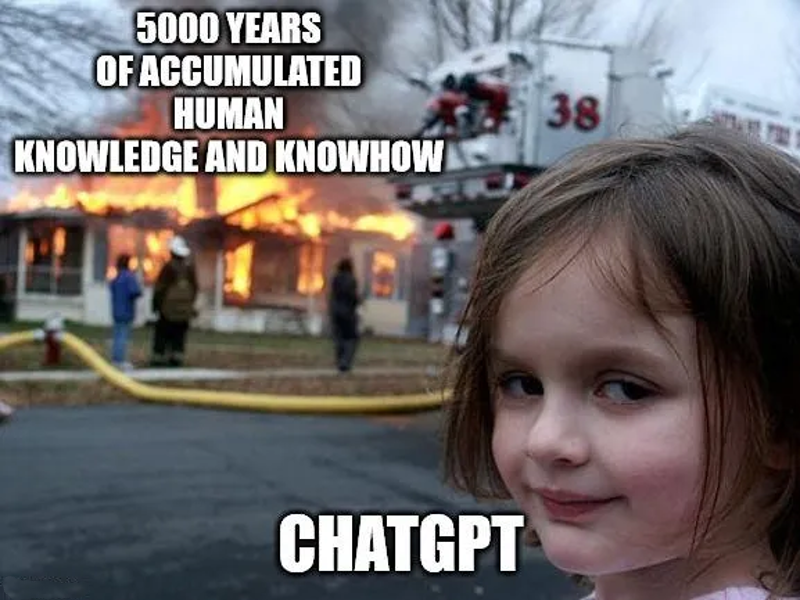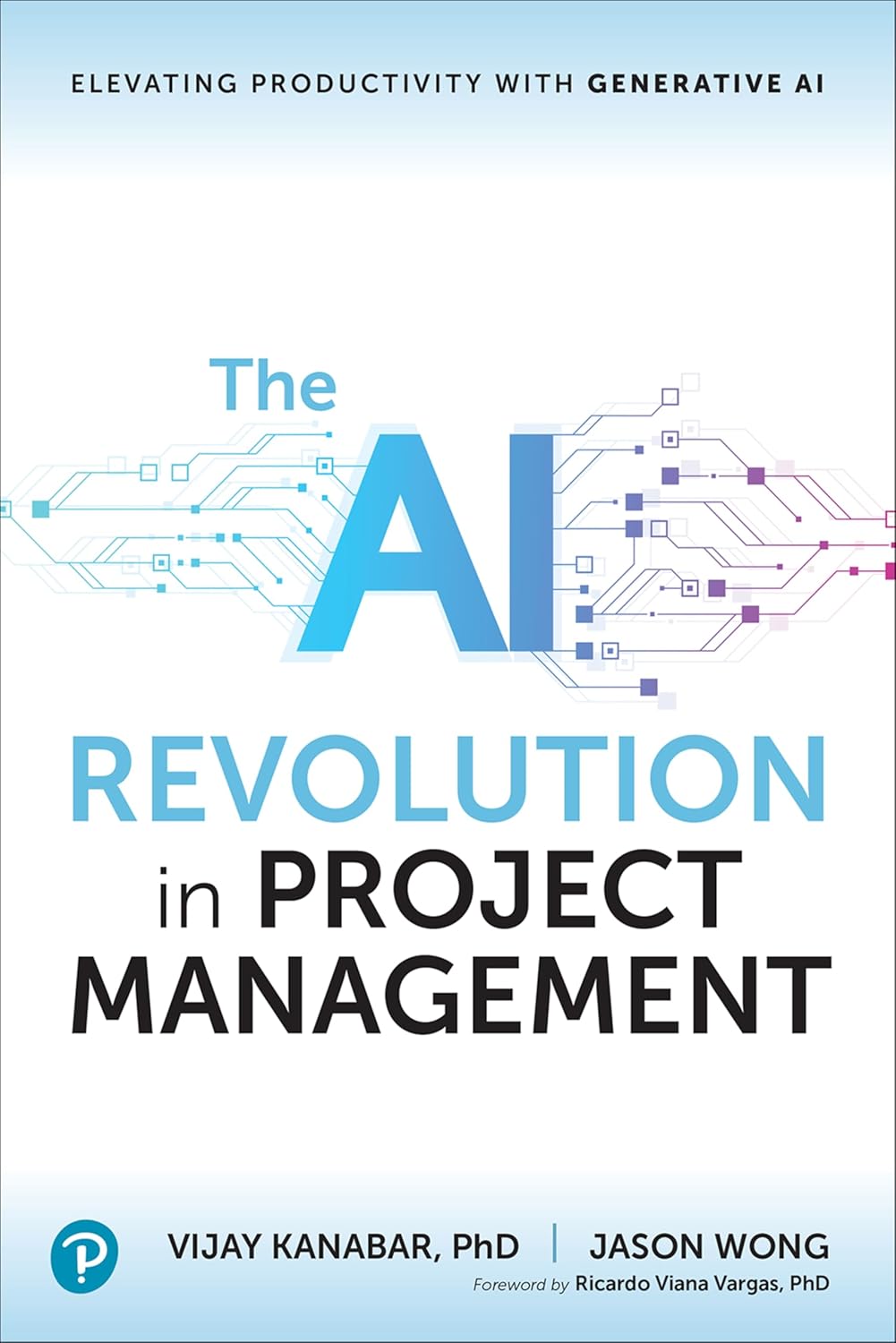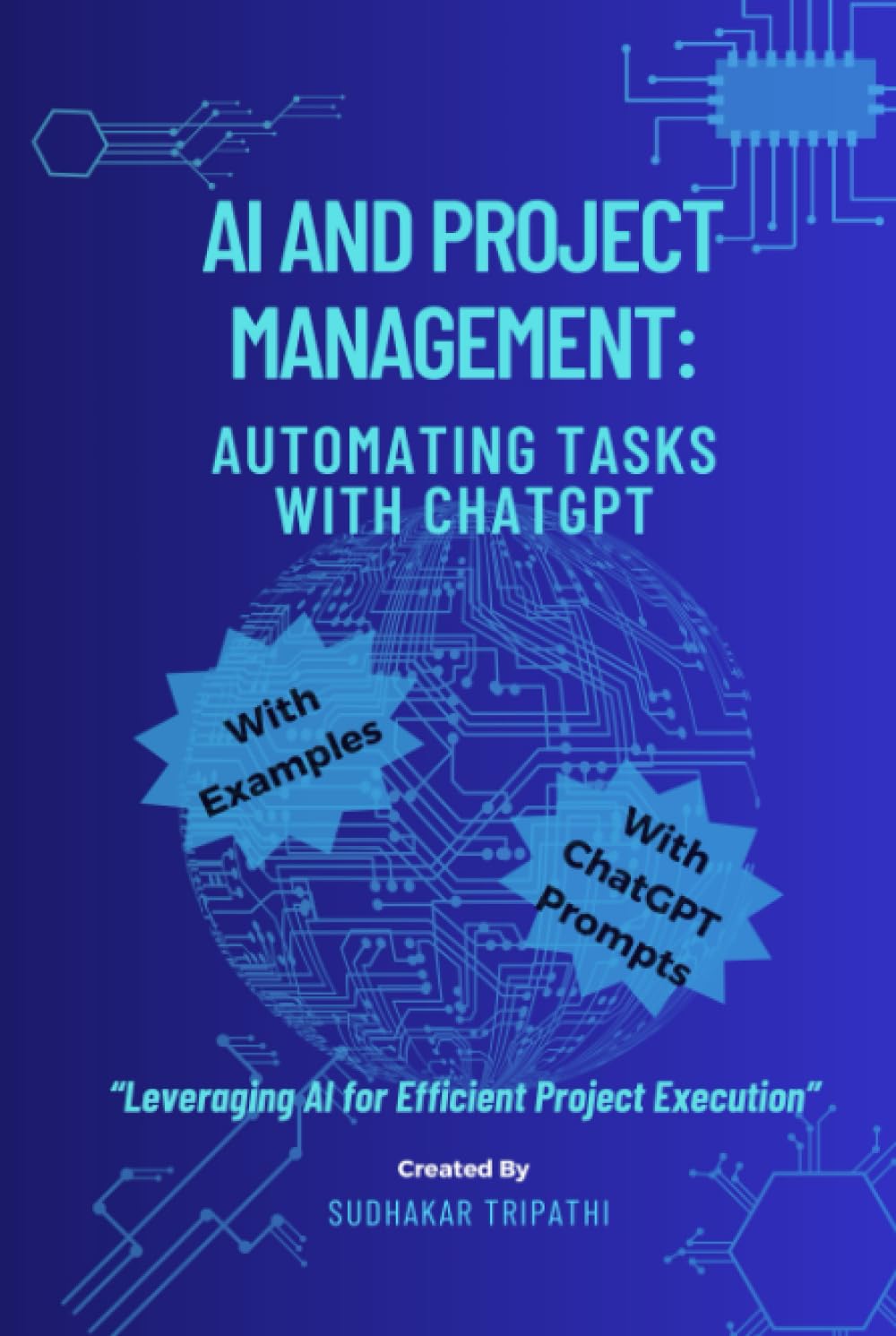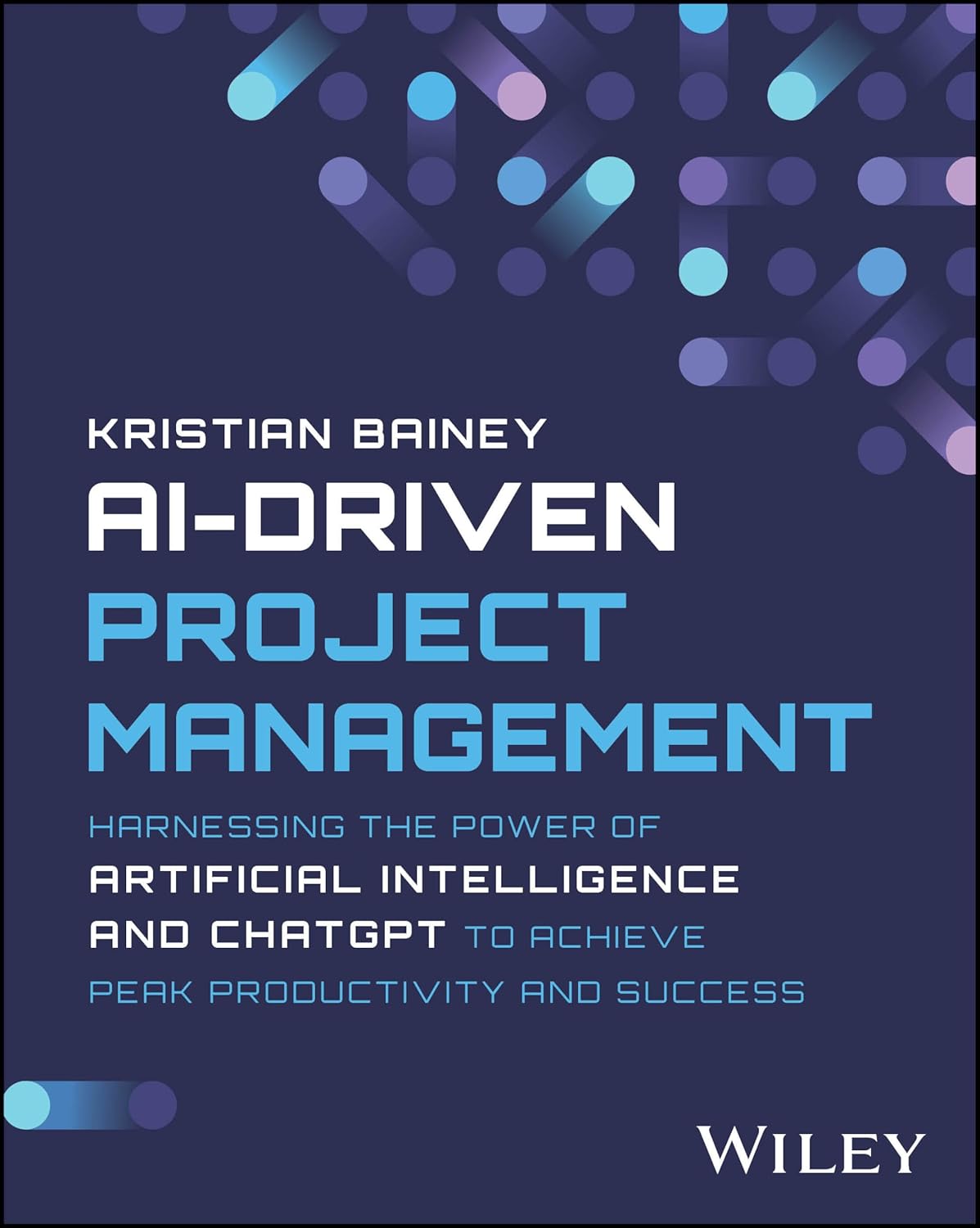A comprehensive guide to effective email management strategies and tools that help professionals organize their inbox and enhance productivity. Key takeaways Streamlined Email Management: Email management strategies, such as filters and prioritiza
AI in project management: Tools and best practices
Ah, artificial intelligence, the future job thief. What AI is really good at is handling large amounts of data. In this article, we’ll show you how to use AI for good—so it can truly help you with project management.
Key takeaways
AI minimizes risks — another filter to catch mistakes is always a good thing
The choice of tool depends on the team and projects — team size and task type determine the optimal solution
Implementation requires a systematic approach — step-by-step scaling and KPI tracking are critically important
Introduction
We are witnesses to the digital revolution — it’s right there, happening on your screens.

It might be doing a few things wrong here and there, turning creativity into slop and making big companies believe that it can replace real human beings, but there is, in fact, a whole bunch of work that gets automated and optimized using LLMs.
Project management is impacted by AI a bit more than others — all the ginormous amounts of data, deadlines, budgets, resources, risks — AI does a great job of organizing it.
AI in project management
Let’s dive into all the juicy details! There are quite a few areas where Project Managers can benefit from AI:
- Timeline forecasting. AI analyzes historical data from similar tasks and takes into account the team’s current workload. Based on this, it predicts likely completion times much more accurately than manual planning. However, human supervision is still necessary to verify estimates and adjust for unforeseen factors.
- Real-time risk assessment. Algorithms monitor changes in budgets, new task dependencies, and fluctuations in team performance. The system can flag potential issues well before they become critical, but final risk evaluation still requires expert review.
- Dynamic resource allocation. AI evaluates each team member’s skills, current workload, and project priorities. As circumstances change, the system automatically adjusts task assignments. Still, managers should regularly review these changes to ensure proper workload balance and alignment with business priorities.
- Bottleneck identification. This is one of AI’s most complex functions. The system analyzes how processes are connected and identifies tasks that slow down the entire project. It can suggest alternative scenarios, but these recommendations should always be reviewed and validated by the project team.
And if the system is set up correctly — the more data goes through it, the better it becomes. Still — human supervision is always necessary to a certain extent.
Benefits of AI
- Increased speed and productivity is one of the most noticeable results of AI adoption. Teams save considerable time on routine tasks like report generation, task status updates, and information searches. This allows project managers to focus more on strategic decisions rather than getting bogged down in administrative work.
- More accurate planning and budgeting significantly reduces financial risks, especially in long-term projects. AI improves the reliability of forecasts and helps companies allocate resources months in advance with much higher confidence.
- Fewer decision-making errors happen thanks to AI’s ability to process vast amounts of data. In complex, multi-stage projects, it’s nearly impossible for humans to factor in every variable at once. AI analyzes hundreds of interconnected elements and provides recommendations based on data rather than guesswork.
- Lower managerial workload frees up time for more creative and high-impact tasks. Project managers spend less time buried in operational details and more time developing teams, refining processes, and identifying new business opportunities. This shift can also help reduce burnout and improve overall team well-being.
Tools you should try
AI assistants and “AI-first” platforms are everywhere these days — some are good, some are just trying to squeeze some bucks out of the idea.
There are quite a few credible ones that can actually help you minimize routine tasks::
- Asana AI focuses on task automation and smart scheduling. Its AI features include auto-assigning tasks, forecasting team workload, and generating project summaries. It’s a strong choice for IT companies with well-structured development processes and regular release cycles.
- ClickUp AI combines planning with analytics. The system analyzes individual productivity, suggests optimal timing for complex tasks, and automatically generates client reports. It’s well-suited for marketing agencies and freelancers handling multiple projects at once.
- Wrike integrates AI for large organizations. Its algorithms manage resources at the department level, forecast priority conflicts, and optimize cross-team collaboration. It’s a solid solution for corporations with matrix management structures.
- Trello + AI Power-Up brings intelligence to simple kanban boards. AI suggests next steps for cards, automatically moves tasks between columns, and reminds users of deadlines. Ideal for small businesses and startups.
- Jira + Atlassian Intelligence offers powerful AI tools for software development project management. The system analyzes bugs, estimates time for fixes, and automatically links related tasks. It’s a go-to solution for DevOps teams and product companies.
Choosing your tool
Some of the platforms listed above are more fit for small startup teams, others are powerful enough for multinational corporations:
- Team size defines the solution architecture. Teams of up to 10 people work well with simple AI assistants built into general-purpose platforms. Teams of 10–50 require specialized modules with customizable analytics. Organizations with over 100 employees need enterprise-level solutions with multi-level access controls and system integrations.
- Project type influences the choice of algorithms. Creative projects with loosely defined scopes need AI for idea structuring and content planning. Technical projects require precise forecasting and test automation. Research initiatives depend on hypothesis analysis and experimental data processing.
- Integration with existing systems is a critical success factor. Ensure compatibility with CRM, ERP, time tracking, and communication platforms. Lack of proper API connections leads to data silos and undermines AI efficiency.
- Plan employee training in advance. Simple solutions may require 2–3 days of adaptation; complex enterprise systems may take up to a month of intensive training. Expect some resistance to change and allocate time to overcome skepticism.
- The level of analytics should match reporting needs. Startups can work with basic performance metrics. Large businesses require multi-dimensional analysis and the ability to build custom dashboards.
Common mistakes during selection: overestimating task complexity, ignoring scalability, underestimating implementation time, and choosing platforms based on “having every possible feature” instead of focusing on actual business needs. Also — and it should go without saying, but hey, that’s the time we’re living in — focusing on the “financial” side of things and forgetting that some things should, in fact, remain human.
Potential risks
Besides the whole “overlord taking over us” thing, there are more actual threats to watch out for when working with AI:
- Data interpretation challenges remain a key issue. AI can detect correlations but doesn’t always explain causal relationships or account for context, which can lead to inaccurate conclusions.
- Over-automation poses the risk of losing critical thinking and decision-making skills. Excessive reliance on algorithms may reduce specialists’ ability to handle non-standard, creative problem-solving.
- Data quality directly impacts outcomes. Incomplete, outdated, or distorted data leads to faulty recommendations, which is especially critical in sensitive areas like healthcare, finance, and other high-stakes industries.
- Ethical and legal concerns include privacy issues, algorithmic bias, and accountability for AI-driven decisions. The lack of clear legal regulations adds further risk.
- Human expertise remains irreplaceable for quality control, ethical evaluation, and adapting to changing conditions that AI may not fully anticipate.
Interesting fact 
Netflix uses AI not only for recommending movies but also for managing production projects: algorithms forecast script success, optimize shooting schedules, and even assist in planning marketing campaigns for new series.
Related articles:
To boost your team’s productivity, explore the Agile Project Management in 2025.
Get a handle on effective planning by learning about Hybrid Project Management: Combining Agile and Waterfall for Success.
For the greatest team success, read the article about Real-Time Remote Work Management
Conclusion
AI in project management is a powerful tool that can significantly boost team efficiency and improve planning accuracy. The key to success lies in phased implementation, selecting the right tools for specific tasks, and maintaining a balance between automation and human expertise. Companies that successfully integrate AI into their processes today will gain a major competitive edge in the coming years.
Recommended reading 

“The AI Revolution in Project Management”
A practical guide to implementing generative AI in project management, with examples of using ChatGPT and other tools to boost productivity and decision-making.
On Amazon
“AI and Project Management: Automating Tasks with ChatGPT”
An overview of how ChatGPT and other AI tools are being applied to automate reporting, planning, and communication in project management.
On Amazon
“AI-Driven Project Management”
A guide to integrating AI into various project management methodologies, with a focus on ChatGPT’s role in improving efficiency and forecasting results.
On Amazon






